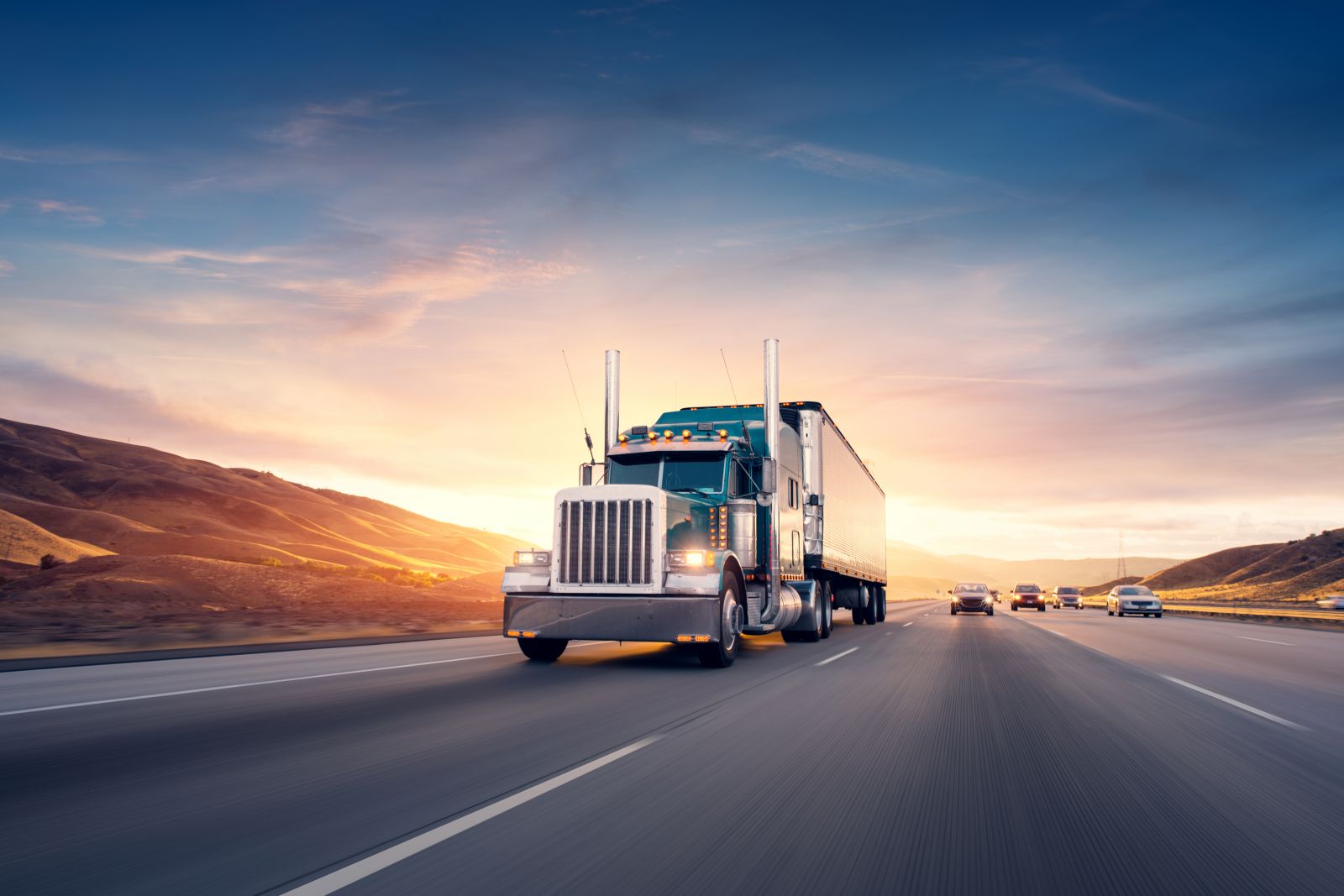
In the intricate dance of global commerce, the smooth and efficient movement of goods from one point to another is paramount. At the heart of this logistical ballet are trucking and drayage services, which play a critical role in linking various nodes of the supply chain. From transporting goods between ports and distribution centers to delivering products to end consumers, trucking and drayage services form the backbone of modern logistics. In this article, we'll explore how these essential services drive success and fuel effective supply chains.
Understanding Trucking and Drayage
Trucking and drayage are two distinct yet interconnected components of the transportation industry:
- Trucking: Trucking involves the movement of goods overland using trucks or lorries. Trucks come in various sizes and configurations, from small vans for local deliveries to large tractor-trailers capable of transporting goods across long distances. Trucking services are essential for transporting goods between warehouses, distribution centers, manufacturing facilities, and retail outlets.
- Drayage: Drayage refers to the short-distance transport of goods, typically between ports, terminals, and nearby distribution centers or rail yards. Drayage services play a crucial role in facilitating the movement of goods to and from maritime ports, where containers are unloaded from ships and transported to inland destinations or vice versa.
The Role of Trucking and Drayage in Supply Chains
- Last-Mile Delivery: Trucking services are instrumental in completing the last leg of the supply chain—the delivery of goods to end consumers. Whether it's delivering packages to residential addresses or transporting goods to retail stores, trucks are the final link in the chain that connects products to customers.
- Efficient Cargo Movement: Drayage services streamline the movement of cargo between ports and inland destinations. By efficiently transferring containers from ships to trucks or rail, drayage providers ensure that goods can be quickly transported to their final destinations, reducing transit times and minimizing congestion at port terminals.
- Flexibility and Accessibility: Trucks offer unmatched flexibility and accessibility compared to other modes of transportation. They can navigate various road conditions and reach destinations that may be inaccessible to larger vehicles such as trains or ships. This flexibility makes trucking an ideal choice for transporting goods to remote or hard-to-reach locations.
- Just-in-Time Delivery: In today's fast-paced business environment, just-in-time (JIT) delivery is essential for meeting customer demand while minimizing inventory holding costs. Trucking and drayage services enable companies to implement JIT delivery strategies by providing reliable and timely transportation of goods, ensuring that products arrive exactly when needed.
- Supply Chain Resilience: Trucking and drayage services enhance supply chain resilience by providing alternative transportation options in case of disruptions such as port closures, labor strikes, or natural disasters. With the ability to quickly reroute shipments and adapt to changing conditions, trucking companies play a vital role in keeping supply chains moving smoothly, even in the face of unforeseen challenges.
Strategies for Optimizing Trucking and Drayage Operations
- Route Optimization: Utilize route optimization software to plan the most efficient trucking routes, taking into account factors such as traffic conditions, fuel efficiency, and delivery schedules. By minimizing unnecessary detours and optimizing driving routes, companies can reduce fuel consumption, lower operating costs, and improve delivery times.
- Fleet Management: Implement advanced fleet management systems to monitor and track trucking assets in real-time. These systems provide valuable insights into vehicle performance, driver behavior, and maintenance needs, allowing companies to optimize fleet operations, maximize asset utilization, and ensure compliance with safety and regulatory standards.
- Intermodal Transportation: Embrace intermodal transportation solutions that combine multiple modes of transportation, such as trucking, rail, and maritime shipping. By leveraging intermodal networks, companies can capitalize on the strengths of each mode while mitigating their respective weaknesses, resulting in cost-effective and environmentally friendly transportation solutions.
- Collaborative Partnerships: Foster collaborative partnerships with trucking and drayage providers to enhance operational efficiency and service quality. By working closely with trusted partners, companies can gain access to additional capacity, leverage economies of scale, and negotiate favorable pricing terms, ultimately driving down costs and improving service levels.
- Technology Integration: Integrate emerging technologies such as Internet of Things (IoT), blockchain, and artificial intelligence (AI) into trucking and drayage operations to streamline processes, enhance visibility, and improve decision-making. From real-time tracking of shipments to predictive maintenance of vehicles, technology-driven solutions can unlock new opportunities for optimization and innovation.
Conclusion
Trucking and drayage services are the unsung heroes of the supply chain, quietly ensuring that goods reach their intended destinations safely, efficiently, and on time. From the bustling ports to the quiet suburban streets, trucks are the lifeline that keeps commerce flowing smoothly. By understanding the critical role of trucking and drayage in supply chain operations and implementing strategies to optimize their performance, companies can unlock new levels of efficiency, resilience, and profitability in their logistics operations. So here's to the truckers and draymen—the driving force behind successful supply chains everywhere.